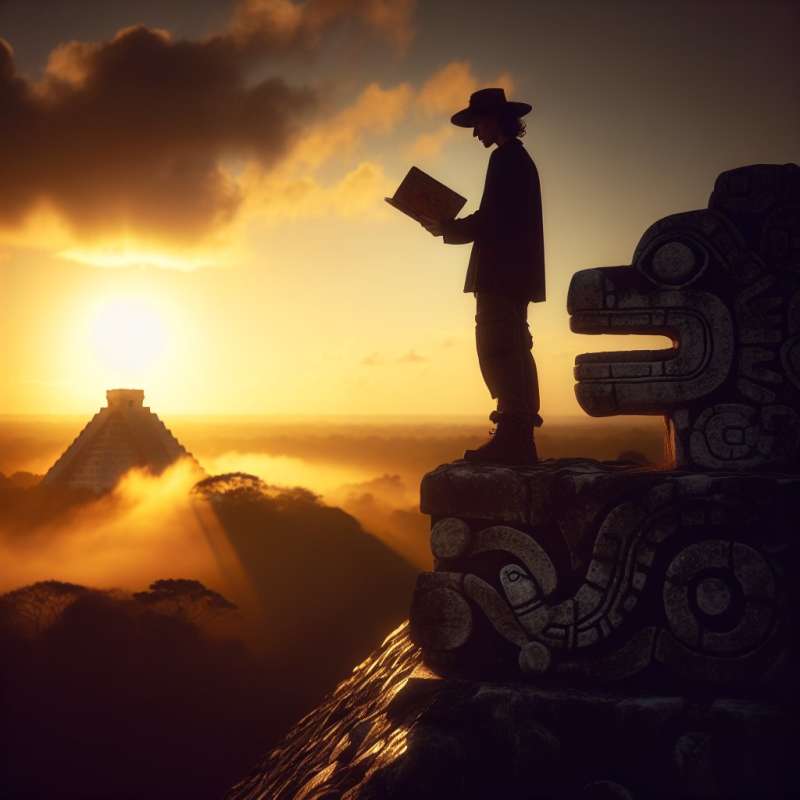
Ancient Observatories Worldwide
Ancient civilizations built observatories to track celestial events. Stonehenge in England and Caracol in Mexico served as prehistoric sites for astronomical observations, aligning with solstices and eclipses, showcasing early precision in celestial tracking.
Babylonian Astronomical Diaries
Babylonians meticulously recorded planetary movements on clay tablets called 'Astronomical Diaries'. These records from 800 BCE to 100 CE are invaluable for understanding how ancient astronomers predicted celestial events like lunar eclipses.
Egyptian Cosmic Pyramids
The Great Pyramid of Giza aligns precisely with the cardinal points and mirrors the positioning of the stars in the Orion's Belt. Egyptians' understanding of astronomy was integral to their belief in the afterlife and cosmology.
Mayan Astronomical Expertise
Mayans were exceptional astronomers. Their calendar, the 'Long Count', was so accurate that it could predict solar eclipses and had a small margin of error over thousands of years, surpassing the precision of the Julian calendar.
Chinese Cosmic Records
China's ancient astronomers were imperial officials. They meticulously recorded comets, 'guest stars' (supernovae), and 'broom stars' (comets), contributing to the oldest continuous historical record of astronomical observations in the world.
Greek Celestial Mechanics
The Antikythera mechanism, an ancient Greek device, is often considered the first analog computer, used to predict astronomical positions and eclipses for calendrical and astrological purposes, demonstrating the complexity of Greek mechanical astronomy.
Incan Solar Alignments
The Incas integrated astronomy into their architecture. The Temple of the Sun at Machu Picchu is oriented to align with the sun during the winter solstice, highlighting the significance of astronomy in Incan society and religion.Stonehenge's Acoustic Phenomenon
Stonehenge not only aligns with celestial events but also amplifies sound due to its unique stone arrangement, creating an ancient natural amphitheater.
What did Stonehenge align with?
Orion's Belt positioning
Solstices and eclipses
Winter solstice sun
Company